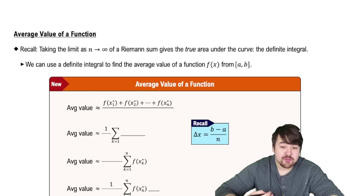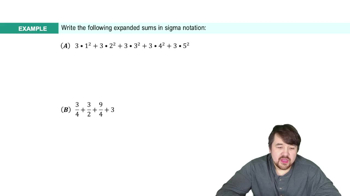A capacitor is a device in an electrical circuit that stores charge. In one particular circuit, the charge on the capacitor Q varies in time as shown in the figure. <IMAGE>
a. At what time is the rate of change of the charge Q' the greatest?
 Verified step by step guidance
Verified step by step guidance Verified video answer for a similar problem:
Verified video answer for a similar problem:



 6:15m
6:15mMaster Graphing The Derivative with a bite sized video explanation from Patrick
Start learning